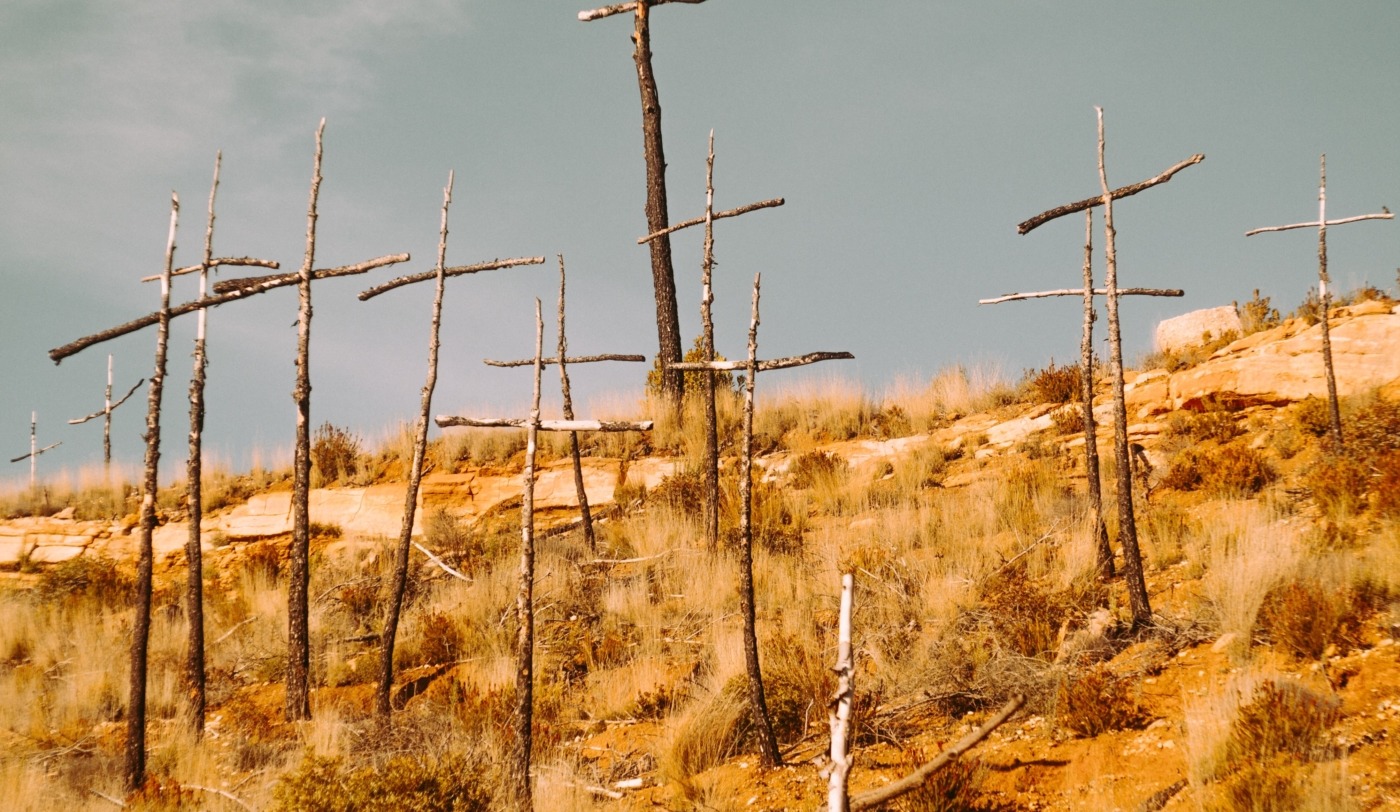‘The Silence of Others’ links Spain’s past to its present
A brutal and bloody civil war, during which thousands of countrymen and women lost their lives, succeeded by the victor’s forty-year dictatorship. It may sound like the kind of story we read about in distant nations, from which we are somewhat detached both geographically and ideologically, yet this is the story of twentieth-century Spain, our European neighbour, the country we associate with sunshine, sangria and flamenco. Spanish history, as taught in British schools, is usually limited to the Armada of Queen Elizabeth I’s reign, due in large part to the fact that Spain did not partake in either World War; therefore, our shared contemporary history is almost non-existent. Nevertheless, before we bemoan the lack of diversity in historical studies on the British school curriculum, it is worth noting that Spanish students are also largely denied the opportunity to learn about their own recent history. Aired on BBC Four in November as part of the Storyville series, The Silence of Others links Spain’s past to its present in the fight for justice for the victims of Franco.
Directed by Almudena Carracedo and Robert Bahar, the documentary traces the story of Spain after the death of dictator Francisco Franco in 1975, a figure who had dominated Spanish political life for 40 years. After his death, a ‘Pact of Forgetting’ was devised across political parties, essentially erasing Franco’s legacy from the national record, including a ban on teaching the history of the Civil War and his dictatorship in schools and universities. In 1977, this was followed by a Law of Amnesty, which granted freedom to political prisoners and impunity to those who had perpetrated war crimes. Through the stories of various victims of Franco and their families, Bahar and Carracedo piece together a narrative of perpetual hope in the darkness of a society in which torturers, murderers and brutal dictators live freely, like regular citizens, and whose memories are celebrated in statues, street names and even national monuments.
Their stories demonstrate that without closure, peace is an impossibility
In the opening moments of the film, we see octogenarian María Martín making her way, aided by a carer, to the spot by the side of a busy road where her mother was stripped and murdered by Franco’s Nationalist soldiers during the Civil War, one of an eventual estimated 100,000 victims of Franco’s dictatorship buried in unmarked mass graves throughout the country. She leaves sunflowers, a symbol, perhaps, of her undying hope that justice will be done, and that she will be allowed to retrieve her mother’s bones in order to be buried alongside her when she dies. She is one of several victims of Franco whose stories are revealed during the documentary: Ascensión Mendieta is desperately searching for the bones of her father; José María Galante is on a quest to put his torturer, the infamously sadistic policeman ‘Billy the Kid’, behind bars; and María Mercedes Bueno is searching for the baby she was told was stillborn, who was actually stolen through a state eugenics programme.
The disparate stories are linked by a 2010 lawsuit, launched by Galante, amongst others, in Argentina, due to the restrictions imposed by the 1977 Amnesty Law in Spain. Their intention is to bring perpetrators of war crimes to justice and allow for the exhumation of the remains of Franco’s victims, processes which are stymied time and time again by the rigidity of Spain’s laws. Whilst forgetting the crimes and the tragedies of the past may have seemed to be the best option for Spain in the 1970s, the documentary reveals that the legacy of Franco has not been forgotten by those who were affected by it. The lives of those who are fighting for justice have been marked by the horrors perpetuated by Franco and those acting in his name, and their stories demonstrate that without closure, peace is an impossibility.
The cinematography is simply and beautifully rendered, allowing the pain and suffering of the film’s subjects to take centre-stage, and its pacing is perfect, giving enough historical detail to fill in gaps of knowledge, whilst ensuring that the focus is firmly on what is being done in the present to remedy the mistakes of the past. This is a film which quite simply must be seen, regardless of knowledge of Spanish history, or language, because it is a universal story of human suffering and the importance of justice and addressing the past, no matter how painful. Whether we can relate to this on a personal, familial or even national level, facing up to the past is a universal human necessity, and this film shows that doing so is not only important, but necessary in order to live free from the constraints of buried grief.

Comments